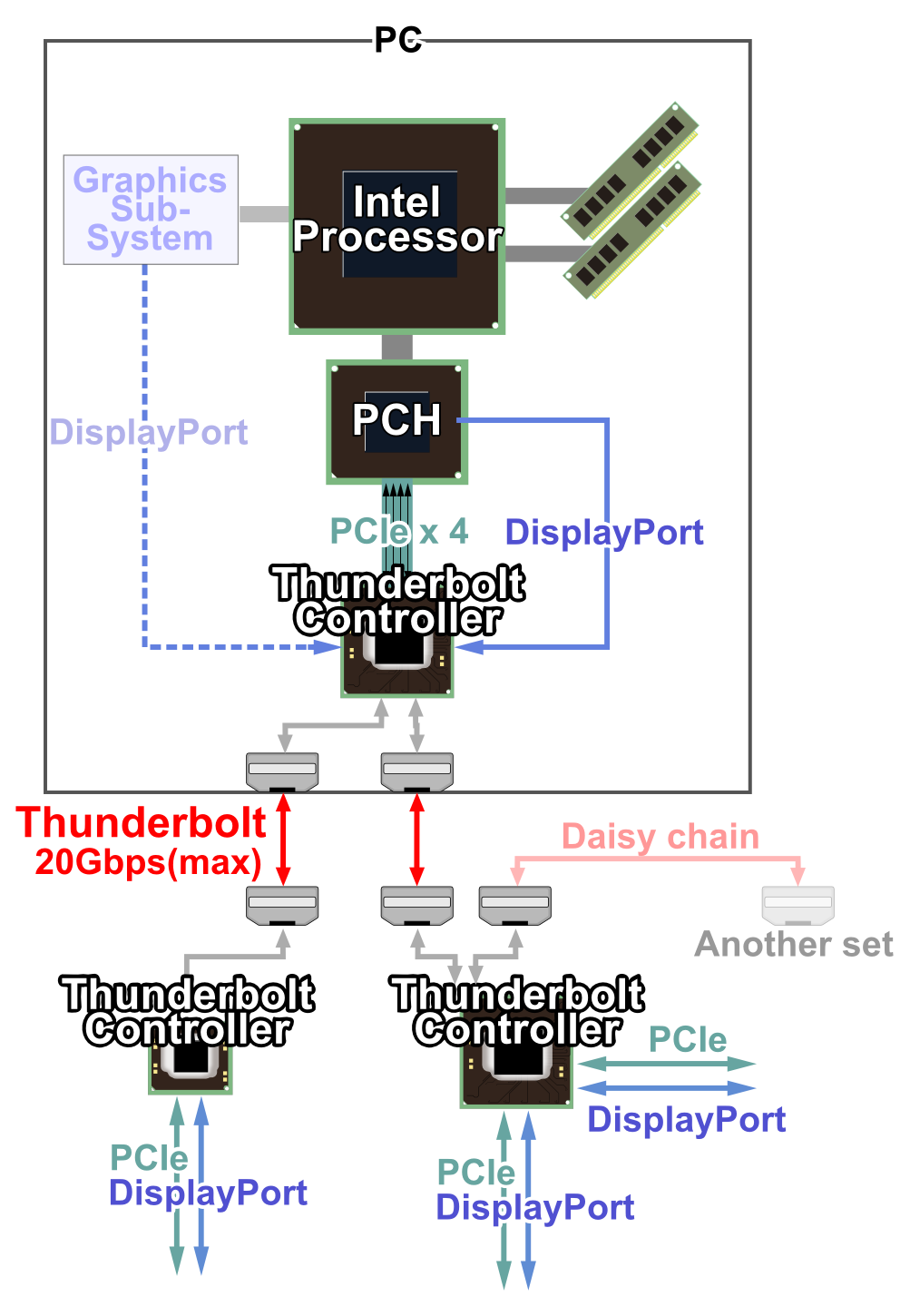Serendipity is what I would describe this encounter. I was introduced to Promise Technology Channel Sales Director early this week. When I saw his face, I realized that I already knew him, a Malaysian who previously worked at EMC in Taiwan, but has been residing in that country for many years. We laughed and joked like old buddies and hence, the story begins …
I have known of Promise through its popular VTrak storage, which many Apple users here ignorantly associate as an Apple product. Here it is, appearing on Apple’s website:

Yes, that’s the 3rd picture from your left.
Another very strong Apple product from Promise Technology is Pegasus, a storage line of direct-attached storage (DAS) sporting the Thunderbolt, a very fast interface that connects peripherals to Macs through its Mini DisplayPort. I found this strange having a graphics display port being used to connect to a storage device, but as I looked deeper into Thunderbolt, I found that the technology was meant to extend the PCIe bus with the DisplayPort into a conduit that delivers high throughput serially. Impressive!
The picture below shows the Thunderbolt link connections, in which
Intel will provide two types of Thunderbolt controllers, a 2 port type and a 1 port type.

But Thunderbolt is not a network-based technology. It is channel-based, and hence, connecting to a Fibre Channel SAN is like mixing oil with water. Apple is not known for accessing storage through Fibre Channel, and since Apple products do not have a Fibre Channel interface, Promise Technology has come up with Thunderbolt to Fibre Channel converter. They call it SANLink. And the picture below shows how it is done:

The SANLink can also be daisy-chained. In the example below, the Pegasus DAS is daisy-chained to a SANLink which then extends and expands its capacity from the Fibre Channel connected VTrak Ex30 or Ex10.

The connectivity can be 8Gbps for the VTrak Ex30, and 4Gbps for the Ex10, and it has been validated to work with MacOS X, Final Cut Studio and Apple’s Xsan.
This is targeted to the Apple’s presence in the video editing and video production environment. I have 1 customer using our storage for their Apple file sharing purpose, and I realized that these guys work in isolation most of the time. They are like a sheep-shearing house, taking one job, work on it a bit and then pass it on to another colleague for the next stage in the video production process. Sharing is clearly not well known in this type of environment. And Promise wants to change that by opening to those hermit-like video editors and producers to share and collaborate in their work.
I don’t know much about other vendors besides Apple that pushes the Thunderbolt technology. It is very high performance interface, capable of delivering 20Gbps but I am afraid that Thunderbolt may suffer from the Apple-only syndrome.
Apple tend to be very cutting-edge when it comes to most technologies that go into their products. That makes Apple high risk takers, and that puts Thunderbolt into that risky category when if Apple fails, Thunderbolt fails. So far, I have not seen Thunderbolt spreading like wildfire, but opening Apple to SAN, both iSCSI and Fibre Channel, is good. It is time Apple embrace more of the storage networking technologies and standards out there, rather than being steadfast with their proprietary implementation of storage. Apple File Protocol (AFP) and Thunderbolt (for now) comes to mind. It is good to be stubborn but …














